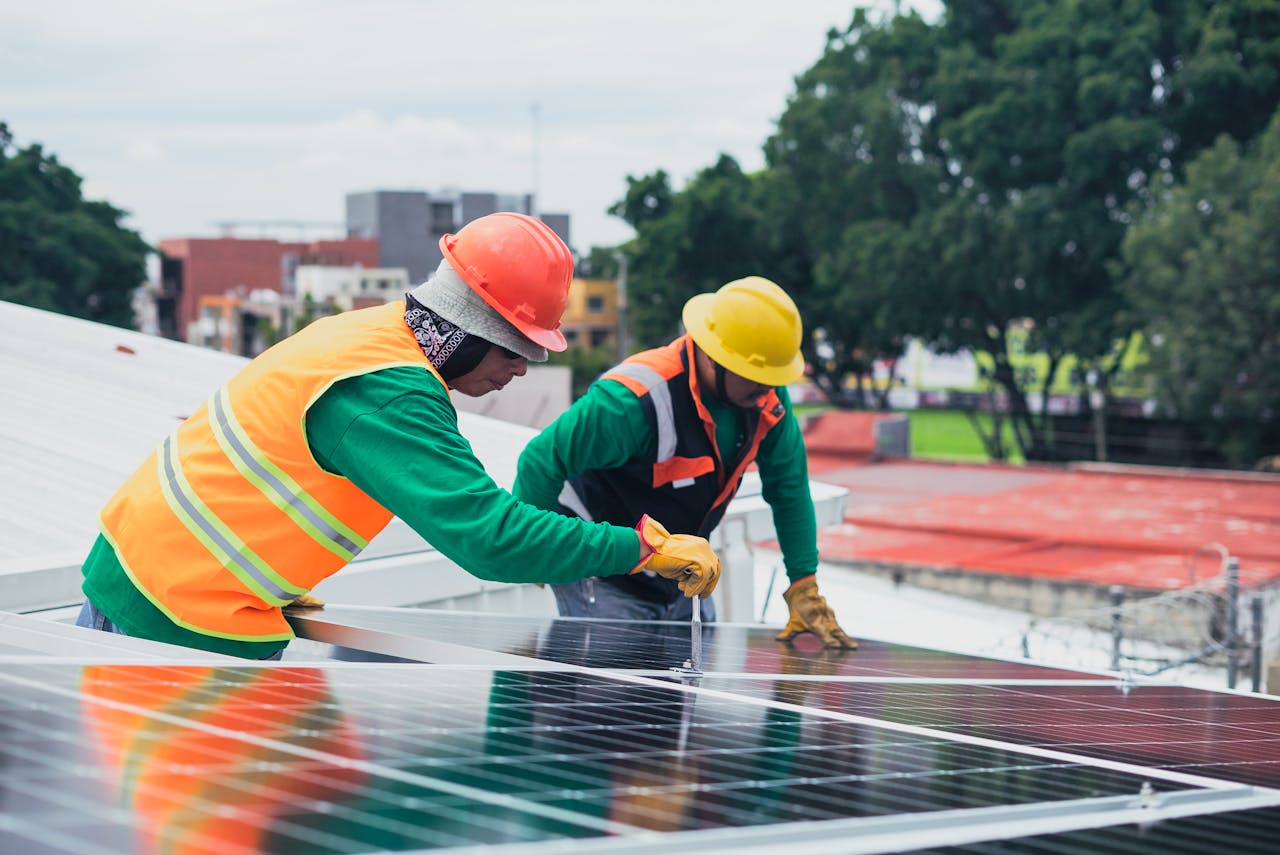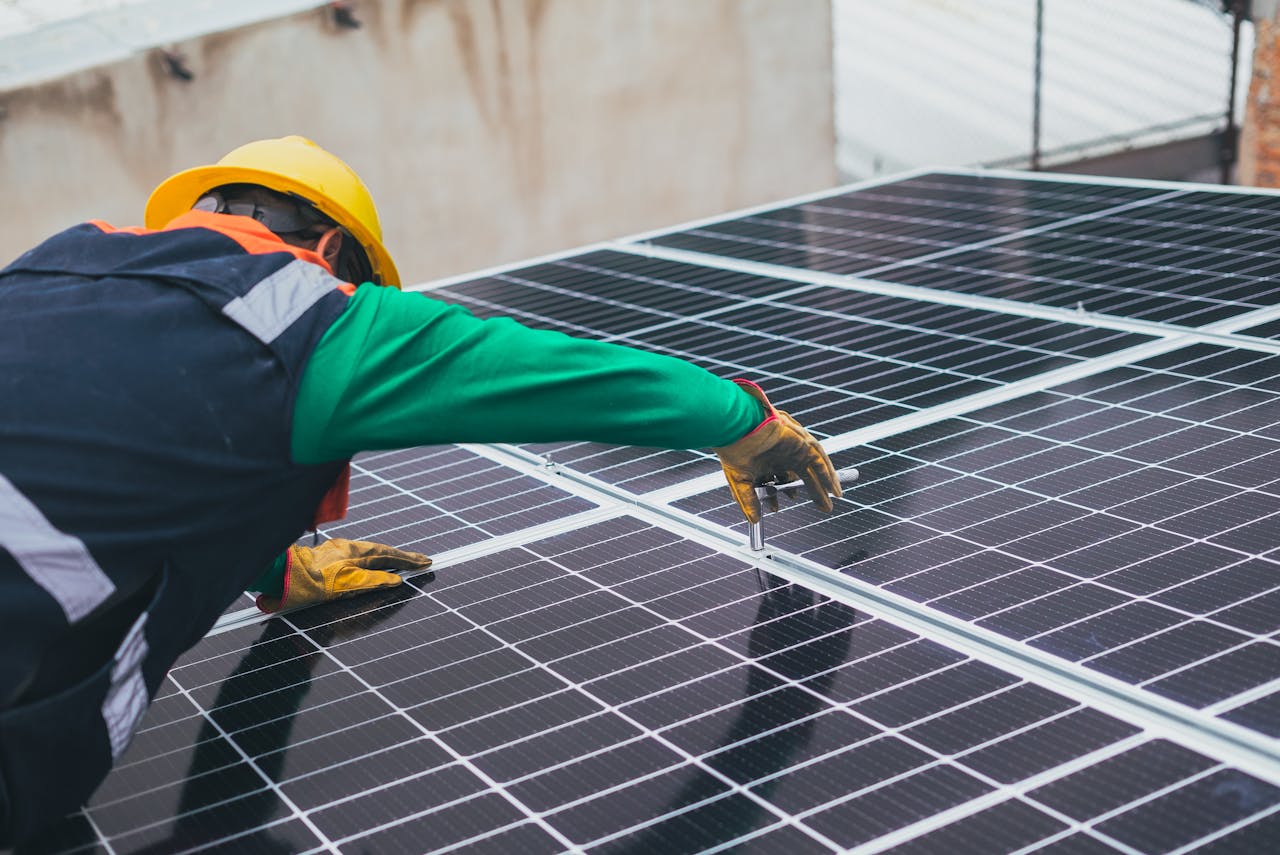The global transition to renewable energy is accelerating, driven by advancements in technology, policy changes, and growing awareness of climate change. Renewable energy sources like solar, wind, hydro, and biomass are becoming more efficient, affordable, and widespread. As we move toward a more sustainable future, innovations in the energy sector are reshaping how we generate, store, and consume power. This article explores the latest advancements in renewable energy and their role in creating a greener tomorrow.
The Rise of Renewable Energy
Fossil fuels have long been the backbone of the world’s energy supply, but their environmental impact is undeniable. Carbon emissions from coal, oil, and natural gas contribute to global warming, air pollution, and resource depletion. In contrast, renewable energy sources offer a cleaner, more sustainable alternative. Over the past decade, the adoption of renewables has surged, thanks to declining costs, improved efficiency, and government incentives.
Global Renewable Energy Trends
According to the International Energy Agency (IEA), renewable energy is expected to account for nearly 90% of global electricity expansion by 2030. Key drivers of this growth include:
- Falling costs of solar and wind energy
- Government policies and incentives
- Technological advancements in energy storage and smart grids
- Increased investments in sustainable infrastructure
Innovations Shaping the Future of Renewable Energy
1. Advanced Solar Technologies
Solar power remains one of the most promising sources of renewable energy. Traditional photovoltaic (PV) panels have become more efficient, but new innovations are pushing the boundaries further:
- Perovskite Solar Cells: These next-generation solar cells offer higher efficiency and lower production costs compared to traditional silicon-based cells.
- Floating Solar Farms: By utilizing water surfaces, floating solar farms reduce land use conflicts and increase energy generation efficiency.
- Solar Windows and Building-Integrated Photovoltaics (BIPV): Transparent solar panels can be integrated into windows, rooftops, and facades to generate electricity without compromising aesthetics.
2. Wind Energy Breakthroughs
Wind power is another key player in the renewable energy landscape. Recent innovations have improved its efficiency and viability:
- Offshore Wind Farms: Larger turbines placed in offshore locations benefit from stronger and more consistent winds, increasing power generation.
- Vertical-Axis Wind Turbines (VAWTs): These turbines capture wind from multiple directions, making them ideal for urban environments.
- Smart Wind Turbines: Equipped with AI and sensors, these turbines can optimize performance, reduce downtime, and predict maintenance needs.
3. Energy Storage Solutions
One of the biggest challenges with renewable energy is its intermittency. Energy storage innovations are crucial for ensuring a reliable and stable power supply:
- Next-Gen Batteries: Lithium-ion batteries are improving, but emerging alternatives like solid-state and sodium-ion batteries offer higher efficiency and longevity.
- Pumped Hydro Storage: This method uses excess energy to pump water to higher elevations, which is later released to generate electricity when needed.
- Hydrogen Storage: Green hydrogen, produced using renewable energy, can store and transport energy for various applications, including fuel cells.
4. Smart Grids and Digitalization
The integration of renewable energy into the grid requires intelligent management systems:
- Smart Grids: These grids use AI and machine learning to balance supply and demand, reducing energy wastage.
- Blockchain for Energy Trading: Decentralized energy trading allows consumers to buy and sell renewable power directly, enhancing efficiency and cost savings.
- IoT and Smart Meters: Connected devices enable real-time energy monitoring and optimization.
5. Bioenergy and Sustainable Fuels
Bioenergy provides an alternative to fossil fuels by utilizing organic materials for power generation:
- Algae-Based Biofuels: Algae can produce biofuels with a high energy yield and low environmental impact.
- Waste-to-Energy Technologies: Converting agricultural and municipal waste into biogas and biofuels helps reduce waste and generate clean energy.
- Synthetic Fuels: Carbon-neutral synthetic fuels can replace gasoline and diesel in transportation without major infrastructure changes.
The Role of Policy and Investment
Governments and private investors play a crucial role in the transition to renewable energy. Supportive policies, subsidies, and research funding drive innovation and adoption. Key policy initiatives include:
- Net-Zero Commitments: Many countries have pledged to achieve net-zero emissions by 2050, pushing for accelerated renewable energy deployment.
- Carbon Pricing and Incentives: Carbon taxes and renewable energy credits encourage businesses to adopt cleaner energy sources.
- Public-Private Partnerships: Collaborations between governments and private companies boost large-scale renewable energy projects.
Challenges and Future Outlook
While the future of renewable energy looks promising, several challenges remain:
- Grid Integration: Upgrading aging grids to handle variable renewable energy sources is essential.
- Resource Limitations: Rare earth metals used in solar panels and batteries need sustainable sourcing.
- Public Acceptance: Overcoming resistance to wind farms and large-scale renewable projects requires community engagement.
Despite these challenges, the rapid pace of innovation and investment in renewable energy is creating a cleaner, more sustainable future. By leveraging advanced technologies, smart policies, and global cooperation, we can ensure that renewable energy becomes the dominant power source for generations to come.
Conclusion
The future of renewable energy is bright, with technological advancements making clean energy more accessible and efficient than ever before. Innovations in solar, wind, energy storage, and smart grids are driving the transition toward a greener tomorrow. As businesses, governments, and individuals embrace renewable solutions, we move closer to a sustainable and carbon-neutral world. Investing in renewable energy today is not just an environmental necessity but also an economic opportunity that will define the future of our planet.



